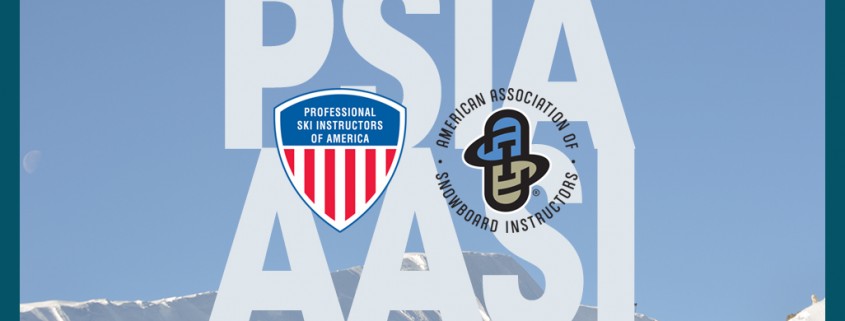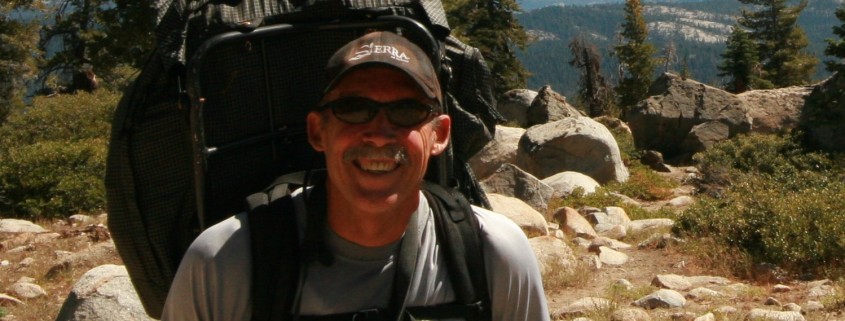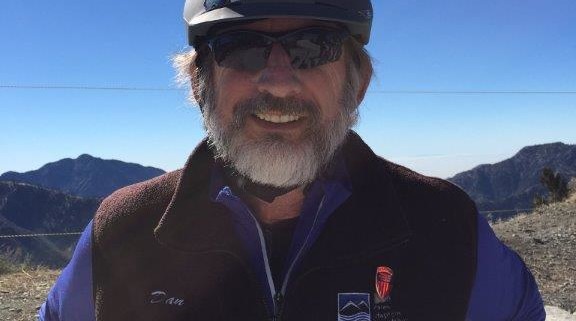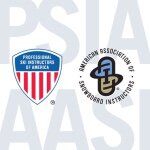Winter Sport Injury Prevention
ski free! (Injury Free

Courtney Carmichael, PT, DPT
Michelle Appelle, PT, OCS
the most common ski injury
• ACL tear is the 2nd most common ski injury
• ACL & MCL tears = 30% of skiing injuries
• Age: 15-24 y.o. = most likely to injure knee
• Decreased fitness >> more likely to be injure
• Stretching = important for prevention
• Adequate rest breaks & hydration
• Hx of knee injuries = more likely to re-injure
• Previous ACL injury = increased risk for Osteoarthritis later
• Head injuries are increasing in incidence
Injury Prevention: Equipment
• Boots- Proper fit, wear and tear
• Skis/Snowboards- Size, tuned properly for conditions
• Bindings- DIN settings
Injury Prevention: Mechanism of Injury
• Most common mechanism of injury: non-contact:
• Landing a jump in poor form: Weight back >> boot pushing on calf >> force through tibia tears ACL
• “Phantom foot phenomenon”- Uphill arm back, skier off balance to the rear, hips below the knees, uphill ski unweighted, weight on inside edge of DH ski, upper body generally facing DH ski (If all 6 components are present at same time, injury to DH leg is imminent)
• Ski catches awkwardly in the snow or carving of the ski twists the leg.
• We can’t prevent contact related injury, we can only reduce the incidence of non-contact injuries.
Correcting poor technique
• Maintaining balance and control • Keep hips above knees • Keep arms forward
Avoiding high risk behavior
• Don’t fully straighten legs when you fall
• Don’t get up until you’ve stopped sliding
• Don’t land on your hand: break fall with uphill arm
Head Injuries- A New Phenomena
• 70% of skiers and snowboarders wearing helmetstripled (3x) since 2003
• There has been no reduction in the # of snowsports-related fatalities or brain injuries in the country (NSAA)
• Number of snow-sports-related head injuries among youths and adolescents increased 250 percent from 1996 to 2010.
Concussion Signs- Observed
• Can’t recall events prior to/after a hit or fall • Appears dazed or stunned • Forgets an instruction or unsure of the location, time, or other factors • Moves clumsily • Answers questions slowly • Loses consciousness (even briefly) • Mood, behavior, or personality changes
Concussion Symptoms- Reported
• Headache or “pressure” in head
• Nausea or vomiting
• Balance problems, dizziness, double/blurry vision
• Bothered by light or noise
• Feeling sluggish, hazy, foggy, or groggy
• Confusion, concentration or memory problems
• Just not “feeling right,” or “feeling down”
Head Injuries- Action
• Keep person with possible concussion out of activity the same day of the injury
• Require clearance by a healthcare provider.
• Don’t try to judge severity of the injury
• Decision regarding return to work/school/sport- made by a healthcare provider only
Helmet Safety
• ASTM1 certified helmet- tested for safety
• Clean with warm water and mild detergent
• Don’t store helmet in a car or direct sunlight
• Do not decorate your helmet- paint/stickers
• Ski helmets are designed to withstand more than one very minor hit
• A ski helmet MUST be replaced if it has been involved in a serious crash or is damaged
ACL Tears in Females
Non-contact ACL tears are up to 8x more common in female athletes. ACL tears are 3x greater in alpine female skiers. Risk factors for increased rate of ACL tears in females are:
• Anatomical: wider hips, increased hip internal rotation, “knock-knees”, small ACL, small notch size
• Hormonal: changes in laxity during menstrual cycle
• Biomechanical: inefficient muscular control, improper mechanics during sport Understanding & preventing noncontact ACL injuries 2007
ACL Injury Prevention Programs
Decreased occurrence of ACL injuries by 60- 89%. The emphasis of programs has been on reducing high risk positions and training for proper technique. Common components are stretching, strengthening, balance, plyometrics and core stabilization. Access exercises from 2 popular programs online: http://smsmf.org/smsf-programs/pep-program http://sportsmetrics.org/
Nutrition
Low blood sugar and dehydration lead to impaired reaction time, cognition and decision making increasing injury rates A 30 minutes training video with printed materials on nutrition and a balance program provided to ski-area staff was effective at reducing injuries in participating resorts by 65%. Injury rates at non-participating resorts increased by 34%. BioMed Res Int 2013 Nutrition: consume small, frequent meals.
Biomechanics of Injury
Ligament Dominance: knee collapses inward during sport because the athlete is relying on the ligament and joint structure to absorb forces instead of muscle control. To correct: train for proper technique Quadriceps Dominance: knee remains more extended (straight) because the athlete is over-active in their quadriceps and underutilizing their hamstrings. To correct: incorporate hamstring strengthening Leg Dominance: most of the weight is on one leg during ACL injuries. 20% decrease in strength in one limb leads to injury. To correct: train for asymmetries, incorporate single leg exercises Trunk Dominance: trunk tends to be tilted to the side during an ACL injury. Poor trunk control will lead to fall during skiing/snowboarding. To correct: train with core stabilization North American Journal of Sports Physical Therapy 2010
Training Principles
Training is most effective when resistance exercises are similar to the sport in which improvement to sought. Train by strengthening the same muscle groups used in skiing/snowboarding. Incorporate anaerobic exercise by utilizing interval training. These are short duration, high intensity exercises to mimic activity on hill. In order for training adaptions to occur, we have to exercise beyond a level that our bodies are normally accustomed to. This is why it is necessary to progress an exercise by increasing the sets, repetitions and/or resistance.
Time of Day
Most skiing and snowboarding injuries occur close to noon or at the end of the day. Injury rates increase when skiing/riding greater than 3 hours with a break. Rest and replenish your body during your break to reduce injury risk.
Vermont Safety Research
Serious knee sprains in the on-slope staff of 20 ski areas was reduced by 62% by with a video-based training video that utilized education on proper fall technique and avoiding high risk behavior Am J Sports Med 1995
• Avoid high risk behavior: Don’t fully straighten your legs when you fall, don’t try to get up until you’ve stopped sliding, don’t land on your hand, don’t jump unless you know where/how to land
• Routinely Correct Skiing Technique: Maintain balance and control, keep hips above knees, keep arms forward
• Recognize Potentially Dangerous Situations: Uphill arm back, off-balance to the rear, hips below the knees, uphill ski unweighted, weight on inside edge of downhill ski tail, upper body generally facing downhill ski
• Respond correctly to loss of control: Arms forward, feet together, hands over skis
• Conditions: Be aware of changing snow conditions that can contribute to injury risk, wear proper goggles in low visibility
• Equipment: Properly tune equipment at the beginning of the season
• Responsibility Code: Share with others to improve safety on hill Lots of valuable information at: http://www.vermontskisafety.com/



 2016 Nic Fiore award.
2016 Nic Fiore award.

